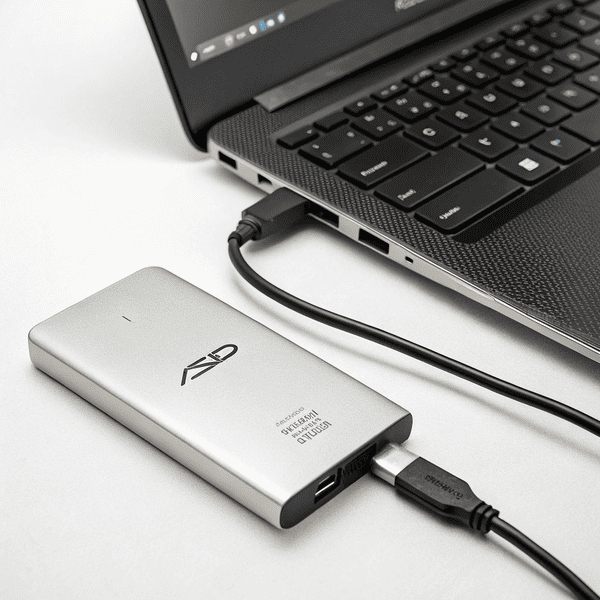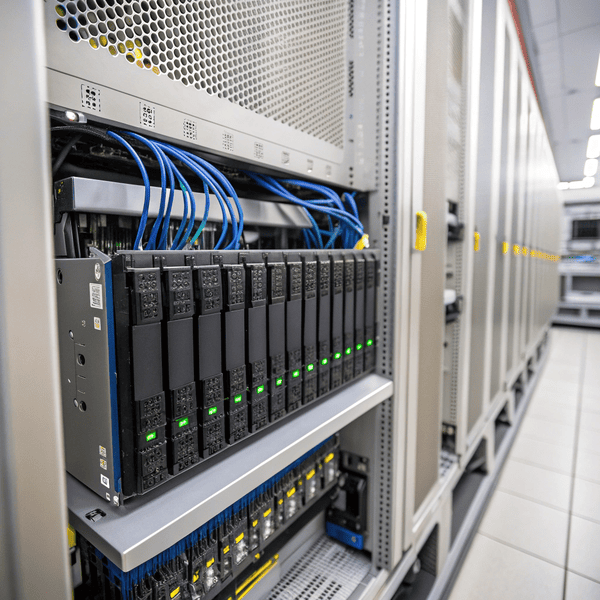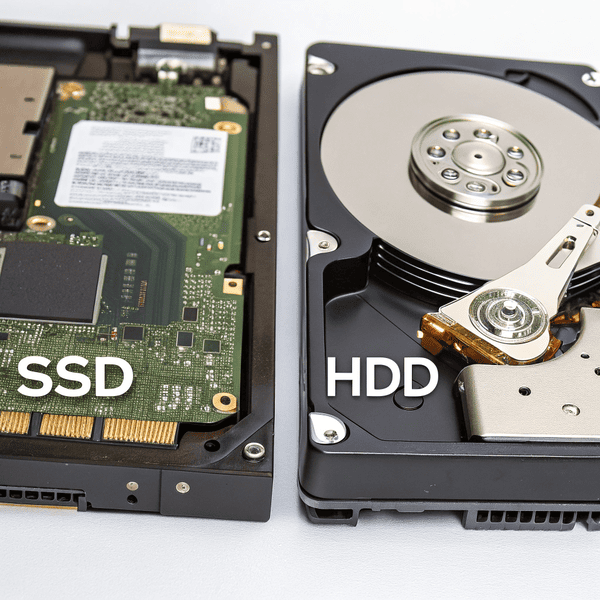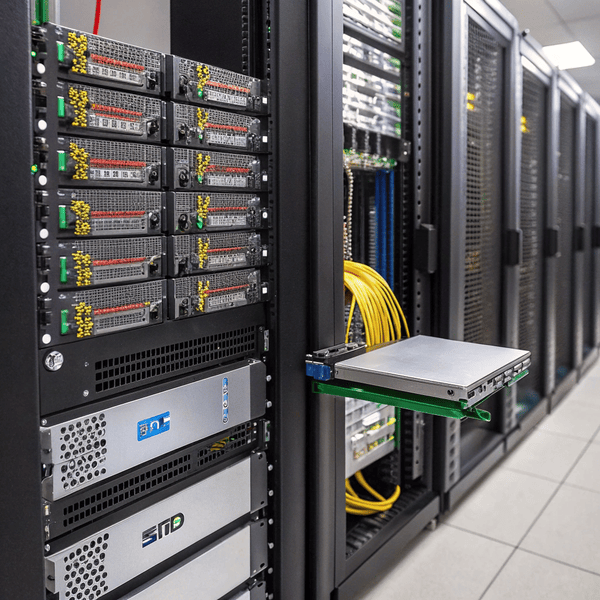You want fast, reliable storage for your desktop, but internal drives seem tricky to install. External SSDs offer speed and flexibility without the hassle.
Yes, desktop external solid-state drives (SSDs) do exist. They connect via USB, Thunderbolt, or other ports, and are perfect for backups, extra storage, and even Yes, desktop external solid-state drives (SSDs)[^1] do exist. They connect via USB, Thunderbolt, or other ports, and are perfect for backups, extra storage, and even transferring large files quickly.
[^1]: Explore this link to discover top-rated SSDs that enhance your storage solutions and speed up file transfers.
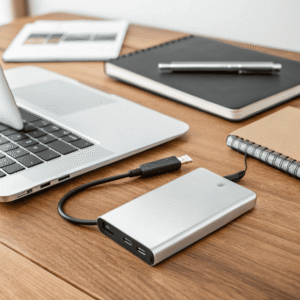
I started using external SSDs for my desktop after running out of space on my internal drive. Setting up did not need any tools, and I noticed faster file transfers right away. External SSDs have made backing up work and moving big projects simple—especially for people who want plug-and-play upgrades.
Are there external SSD drives for PC?
Many PC users fear complex upgrades or want to avoid opening their computer. That’s why external SSDs are attractive.
Yes, there are plenty of external SSD drives for PC. These devices plug into USB ports and deliver Yes, there are plenty of external SSD drives[^1] for PC. These devices plug into USB ports and deliver fast speeds for storage, backup, and portable use.
[^1]: Explore this link to discover top-rated external SSD drives that enhance your PC's storage and performance.
, backup, and portable use.
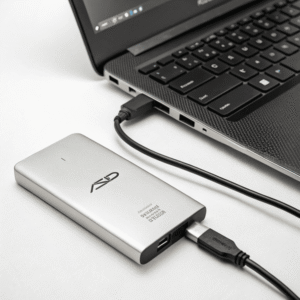
Every major brand now makes SSDs that connect directly to PC desktops and laptops. I use a USB 3.2 external SSD for fast file transfers between computers. Brands like Samsung, SanDisk, and Western Digital are popular choices. You do not need to install anything—just plug it into your PC and the drive shows up instantly.
External SSDs support fast protocols, so they work with all modern desktop and laptop PCs. You can use them for storing documents, videos, games, or as a portable backup. They are compact, light, and travel ready.
Here's a quick comparison table showing common options:
| Brand | Interface | Typical Size | Main Use |
|---|---|---|---|
| Samsung T7 | USB 3.2 Gen 2 | 500GB-2TB | Fast storage, backup |
| SanDisk Extreme | USB-C/USB 3.2 | 500GB-4TB | Transfers, backup, editing |
| WD My Passport | USB 3.2 | 500GB-5TB | Mass backup, documents |
| Crucial X8 | USB-C | 500GB-2TB | Travel, universal storage |
Which SSD is best for a desktop computer?
Choosing the right SSD depends on your tasks, speed needs, and brand preferences.
The best SSD for desktop computers offers fast speeds, reliable performance, and large storage. Top picks include Samsung T7, SanDisk Extreme, and Crucial X8. Look for The best SSD for desktop computers offers fast speeds, reliable performance, and large storage. Top picks include Samsung T7[^1], SanDisk Extreme, and Crucial X8. Look for USB 3.2 or Thunderbolt connections.
[^1]: Explore the Samsung T7's features to understand why it's a top choice for speed and reliability.
or Thunderbolt connections.
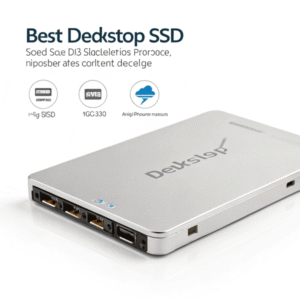
For my desktop, I prefer the Samsung T7 because it balances speed, reliability, and price. The SanDisk Extreme Portable SSD is rugged, so good for moving between locations. Crucial X8 works well for everyday tasks, and WD My Passport can store massive libraries.
Consider what matters most: speed, size, or robustness. Gamers and video editors want speeds above 1,000MB/s and lots of space—1TB or more. Everyday users may only need 500GB for backups. Do not forget about port compatibility. Thunderbolt SSDs reach the fastest speeds but need matching ports.
Here’s a table comparing the key features for the top picks:
| Model | Read Speed | Capacity | Ruggedness | Connection |
|---|---|---|---|---|
| Samsung T7 | Up to 1,050MB/s | 500GB-2TB | Shock resistant | USB 3.2 Gen 2 |
| SanDisk Extreme | Up to 1,050MB/s | 500GB-4TB | Water/dustproof | USB-C/USB 3.2 |
| WD My Passport SSD | Up to 1,050MB/s | 500GB-5TB | Basic tough | USB 3.2 Gen 2 |
| Crucial X8 | Up to 1,050MB/s | 500GB-2TB | Shock resistant | USB-C |
Is it worth getting a solid-state external hard drive?
Paying extra for an SSD means expecting real value in speed and trust. Think about the benefits compared to regular hard drives.
Yes, it is worth getting an external SSD for desktops if you need Yes, it is worth getting an external SSD[^1] for desktops if you need faster file access, quicker backups, and portable reliability. SSDs beat HDDs for speed, durability, and secure data handling.
[^1]: Explore the advantages of external SSDs for speed and portability, enhancing your data management experience.
, quicker backups, and portable reliability. SSDs beat HDDs for speed, durability, and secure data handling.
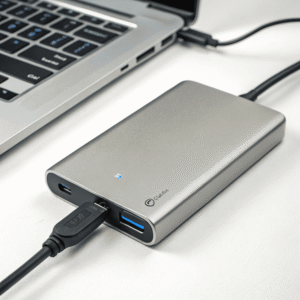
I upgraded to an external SSD and noticed instant benefits. Video editing became smoother, backups ran quickly, and my files felt safer thanks to fewer moving parts. SSDs survive small drops and bumps, unlike spinning hard disk drives.
Solid-state drives cost more per GB, but prices are dropping. For important documents or media work, SSDs are usually worth the investment. If your needs are just simple storage for large, rarely accessed files, traditional HDDs cost less. But for most users needing daily speed and safe files, external SSDs are a practical upgrade.
Here’s a table showing when SSDs make more sense than HDDs:
| If You Need | Go With SSD | Go With HDD |
|---|---|---|
| Fast transfer speeds | ✔ | |
| Reliable backups | ✔ | |
| Travel/portable storage | ✔ | |
| Cheap mass storage | ✔ | |
| Media editing | ✔ | |
| Long-term archiving | ✔ | ✔ (for less critical) |
Conclusion
External SSDs for desktops are fast, easy to use, and worth it for anyone needing speed and reliability over just raw storage capacity.

